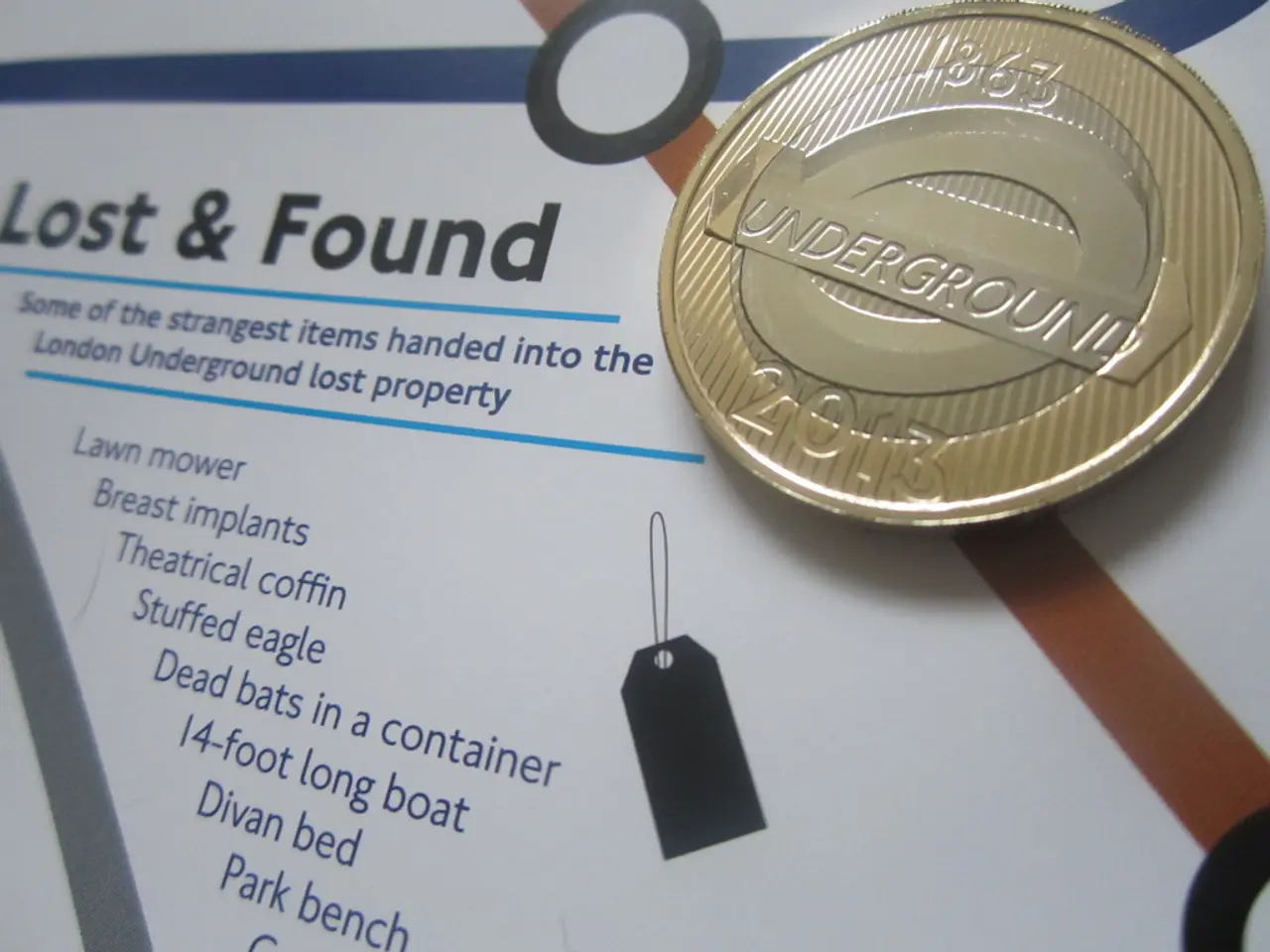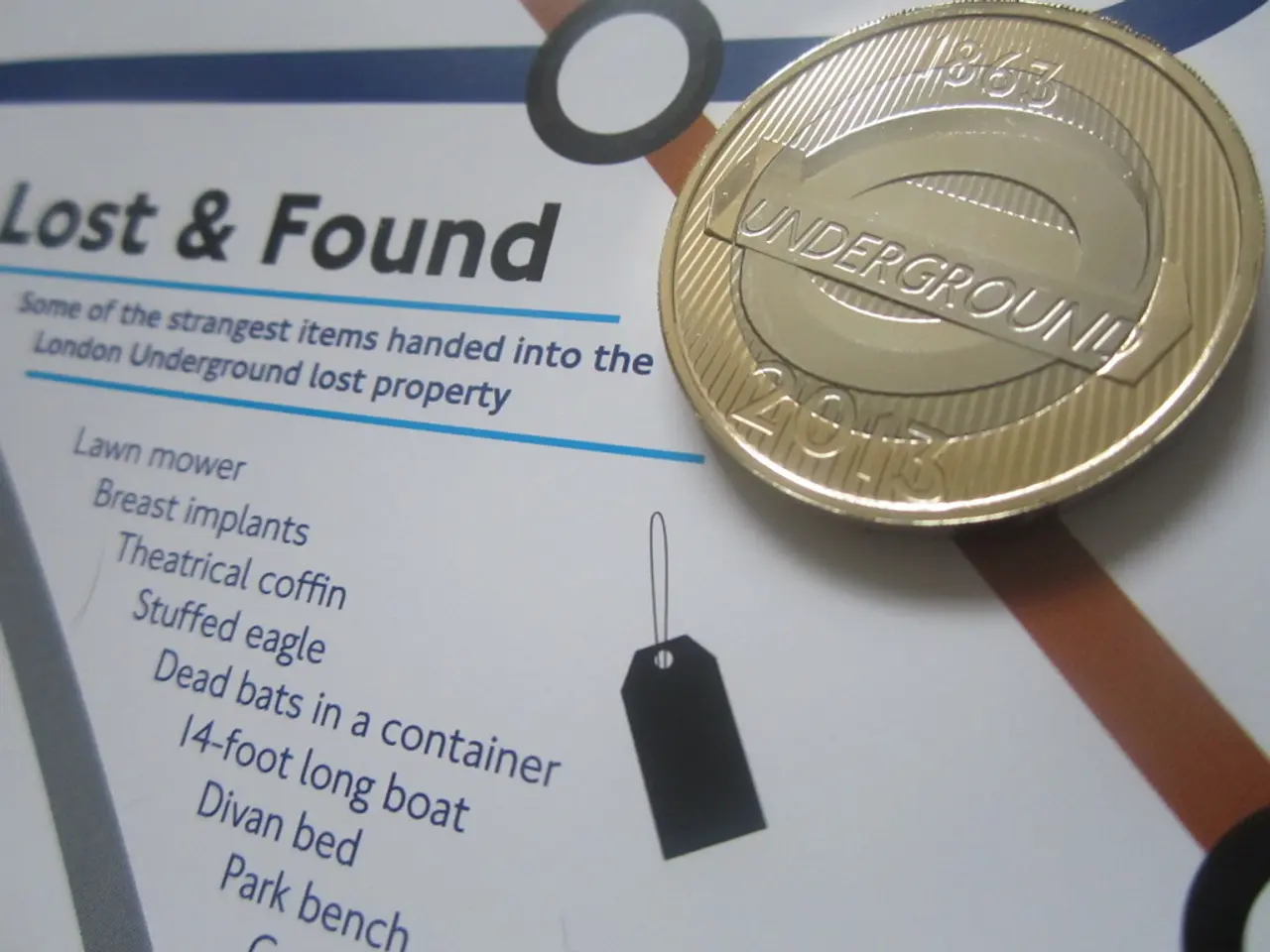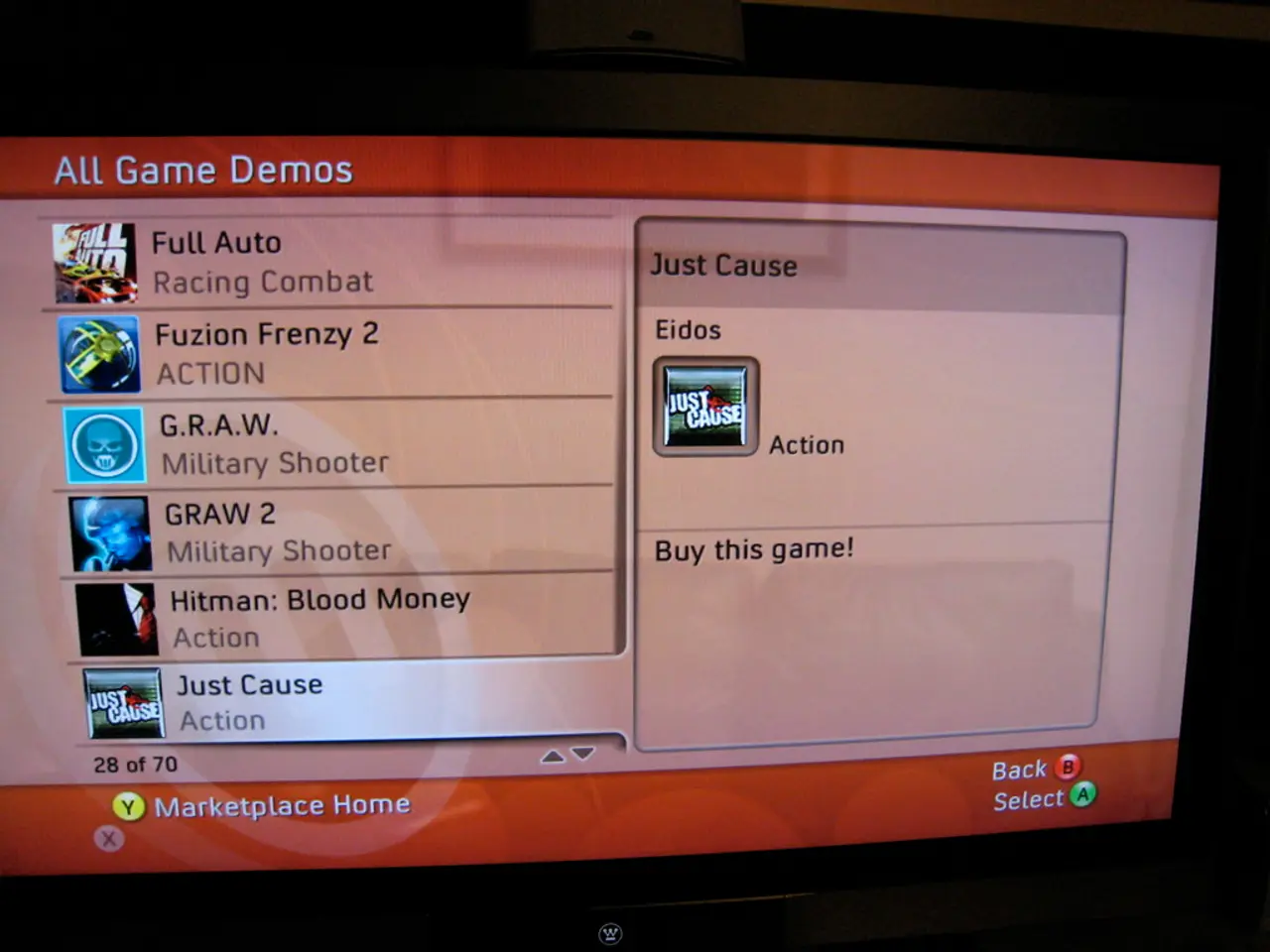Central Bankers Call for Wide-spread Adoption of Digital Asset Technology during IMF Gathering
In the world of finance, a significant shift is underway. Central banks are exploring the integration of digital assets, specifically Central Bank Digital Currencies (CBDCs), commercial bank money, and tokenized government securities, using distributed ledger technology (DLT) and smart contracts. This ambitious project, known as Project Pine, is a joint initiative by the Bank for International Settlements (BIS) and the US Federal Reserve.
Project Pine, currently in the pilot and research phase, is focused on the technical feasibility of wholesale CBDC interoperability with commercial bank money and tokenized government securities. The project has completed a joint research study published in 2025, demonstrating the feasibility and exploring operational challenges of cross-border DLT-based systems combining wholesale CBDC and tokenized government bonds.
The roadmap for Project Pine includes further exploration of tokenization and smart contracts by central banks, with the BIS Innovation Hub's 2025-26 work programme setting the stage for additional pilots and explorations into how tokenized assets and wholesale CBDCs can be connected to existing infrastructures for enhanced efficiency and resilience.
Agustin Carstens, outgoing BIS general manager, has outlined a roadmap for central banks to steer tokenization into the mainstream. Carstens emphasized that tokenization could lead to a future financial system with unimaginable sophistication, and programmability within tokens enables new types of contingent transactions.
Nandan Nilekani, Infosys Chairman, expanded on the Finternet vision during the IMF event, highlighting the need for user centricity, a unified architecture, and universal availability. The Finternet vision envisions a world where any financial asset can be transferred using any device worldwide.
Piero Cipollone, Director of the European Central Bank (ECB), has expressed a vision of using tokenization to enable a capital markets union. Meanwhile, Mr Cipollone has raised concerns about fragmentation and interoperability in the current European markets and the need to encourage competition and innovation.
The roadmap for Project Pine anticipates further development of tokenization-based financial market infrastructure tools over 2025-2026, building towards more integrated digital financial systems. Early adoption of tokenization could potentially help economically backward countries leapfrog to a more advanced financial system.
The IMF panel overall expressed a message of big ambition in using tokenization to shift the boundaries of the financial system. The European Commission has given considerable attention to tokenization as an important tool in its efforts, as per a recent consultation.
In a broader context, Agustin Carstens has highlighted the risk of very large players dominating tokenized markets and the need to encourage competition and innovation. Central banks should also provide the basic foundational infrastructure to ensure interoperability with the unified ledger.
The panel at the IMF Spring meetings discussed DLT and tokenization of financial markets, with Tobias Adrian moderating the discussion and noting a lack of ambition among panelists. However, the overall message was one of optimism and anticipation for the future of digital finance.
- Project Pine, a joint initiative by the Bank for International Settlements (BIS) and the US Federal Reserve, is studying the interoperability of wholesale Central Bank Digital Currencies (CBDCs), commercial bank money, and tokenized government securities using distributed ledger technology (DLT) and smart contracts.
- Agustin Carstens, outgoing BIS general manager, has outlined a roadmap for central banks to steer tokenization into the mainstream, emphasizing that unimaginable sophistication could be achieved in a future financial system with programmable tokens.
- Nandan Nilekani, Infosys Chairman, envisions a world within the Finternet vision where any financial asset can be transferred using any device worldwide, emphasizing the need for user centricity, a unified architecture, and universal availability.
- The roadmap for Project Pine anticipates further development of tokenization-based financial market infrastructure tools over 2025-2026, building towards more integrated digital financial systems. Early adoption of tokenization could potentially help economically backward countries leapfrog to a more advanced financial system.
- Central banks should provide the basic foundational infrastructure to ensure interoperability with the unified ledger, as highlighted by Agustin Carstens, addressing the risk of very large players dominating tokenized markets and encouraging competition and innovation.




